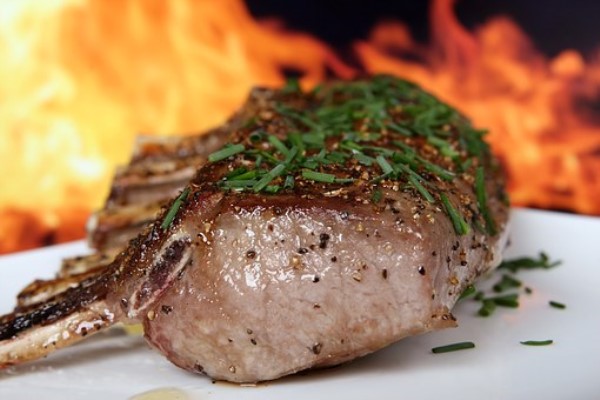
Versatile venison is naturally low in fat and high in iron so is a valuable component of a healthy diet. New Zealand venison is produced on natural free-range farm environments which adhere to strong quality assurance programmes. These programmes follow through to the processing plants, ensuring the end consumer is receiving a monitored, quality product. Available in a variety of cuts, venison can be used to create a wide range of dishes from everyday family meals to special occasions. The most common cuts of venison are:
- French rack – these are a large rack and generally one cutlet is sufficient per person. Sear and roast, or BBQ.
- Cutlets – the French rack cut into large individual cutlets.
- Denver leg – as the name suggests these are from the four leg primals, i.e. the rump, topside, silverside, and knuckle, and can be cooked just like steak cuts.
- Striploin – a whole striploin which can be cooked whole or cut into individual steaks.
- Shortloin – a premium cut from the striploin. Fairly even in size, it’s ideal cooked whole and thinly sliced or can be cut into even-sized steaks.
- Diced venison – a lean cut generally taken from the shoulder which responds well to long slow cooking.
We stock most of these cuts, and we use our venison to make a premium venison mince that’s low in fat, and venison sausages too.
Versatile venison cooking tips
Because venison is low in fat, care needs to be taken not to overcook it. Cooking on a high heat for too long will result in dryness, so venison is best cooked over a medium heat or by long slow cooking. If you have a meat thermometer the ideal internal temperature of cooked venison is 57C, and then allow to rest.
Versatile venison blends well with fruits whether it be served with a fruit chutney or slow cooked with fruit pieces.
